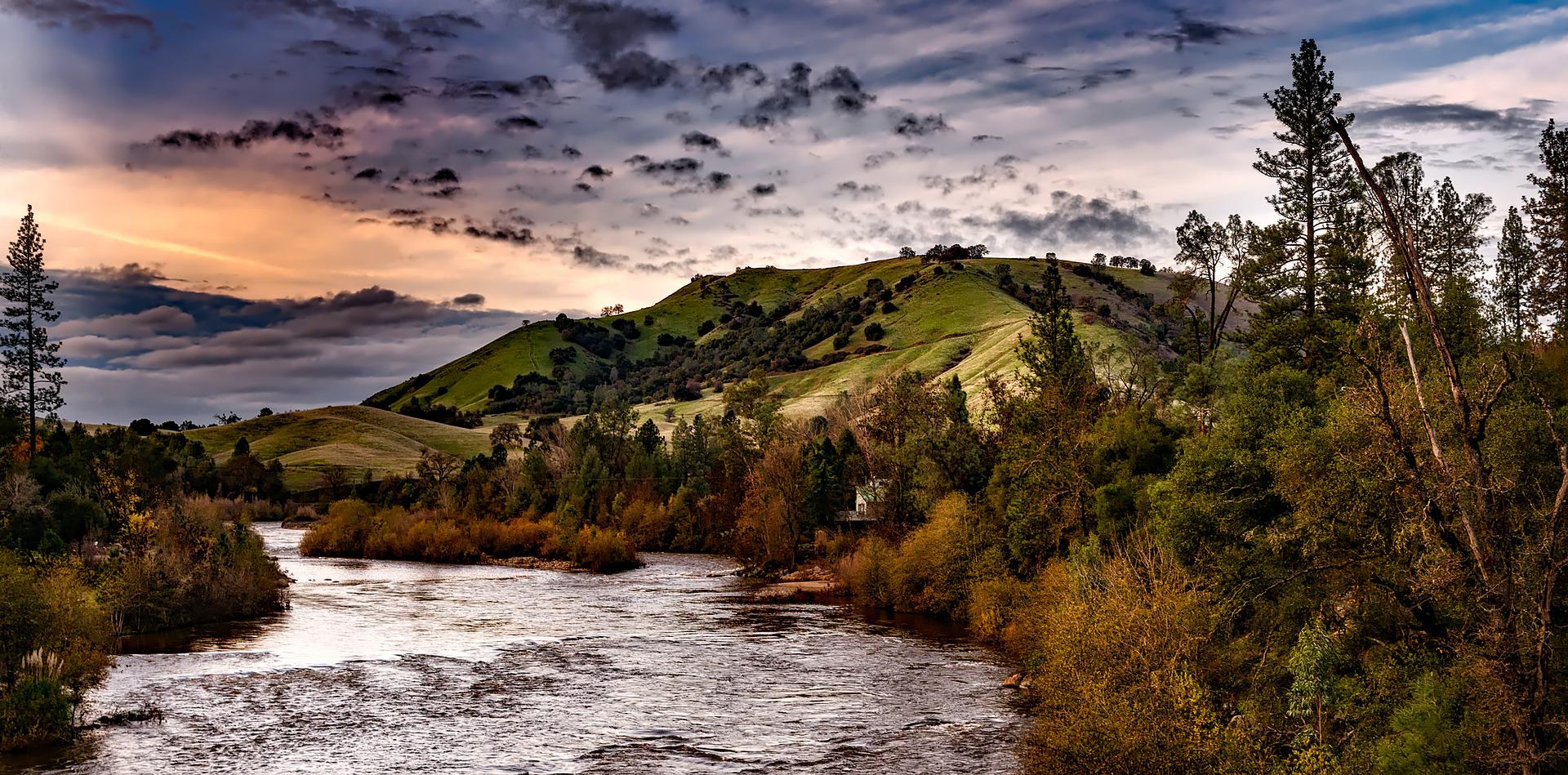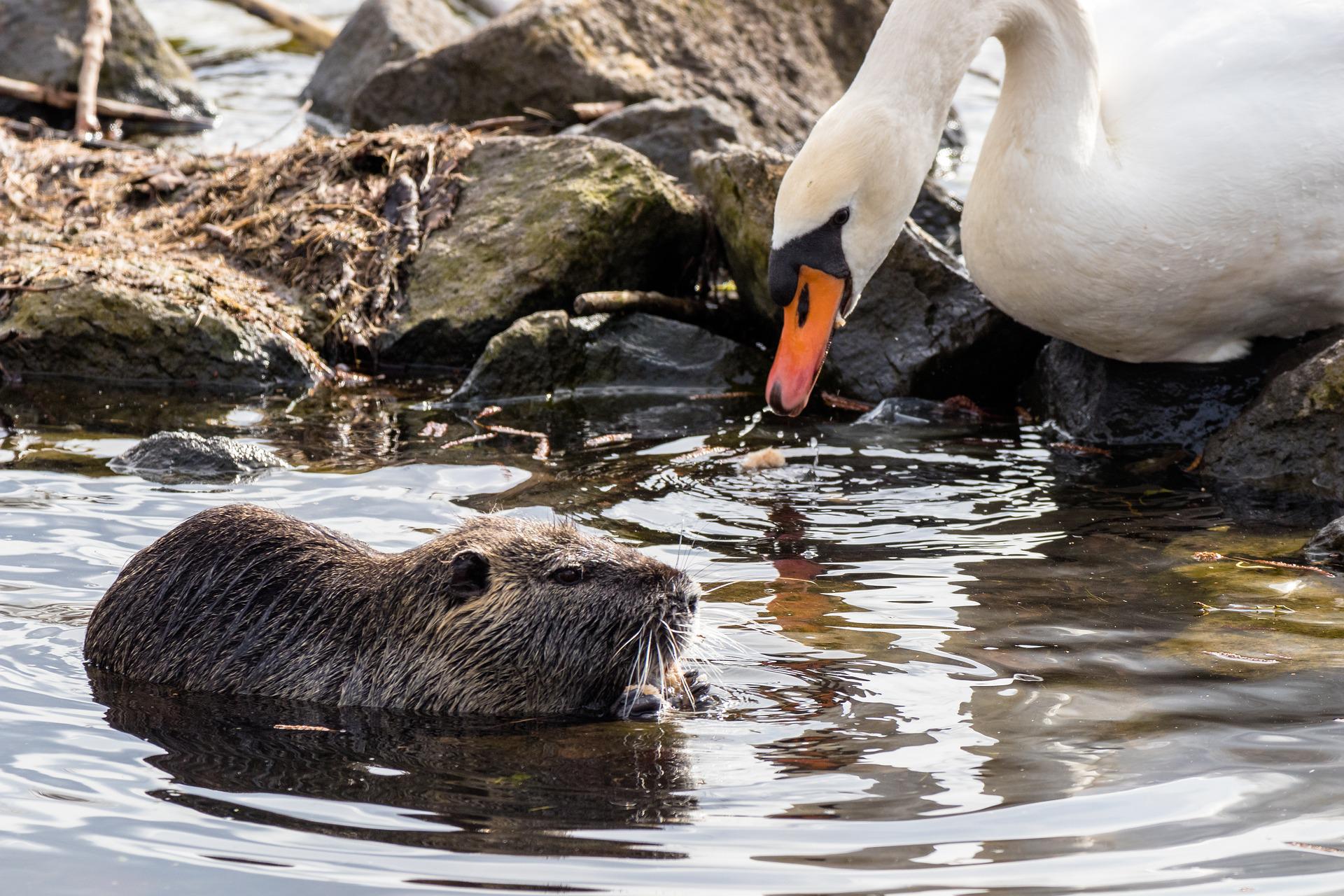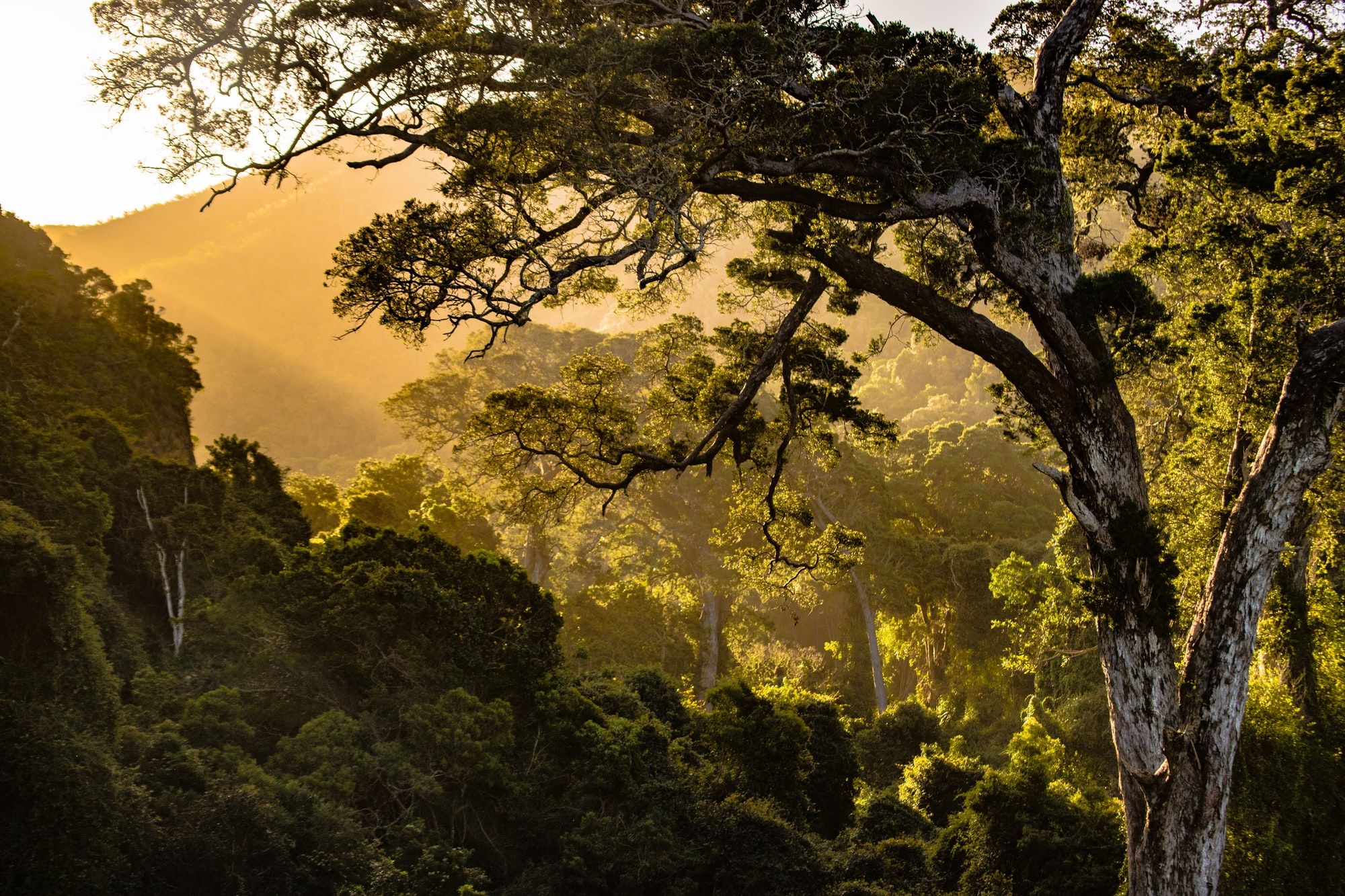
🐾 New EU law gives hope for increased biodiversity
The European Commission wants to tighten the requirements for member states in terms of securing biodiversity in the Union's natural areas.
Share this story!
Only 15% of the areas that should be protected to guarantee biodiversity in EU member states have sufficiently good conservation status, according to statistics from the European Environment Agency, EEA. The European Commission now wants to increase that figure significantly.
The Commission has introduced a new proposal for a restoration law that contains binding requirements for Member States to live up to.
The proposal contains the overall goal that 20 percent of the EU's land and sea should be fully restored by the year 2030. By the year 2050, all ecosystems should be in good condition, according to the proposal.
Environmental organizations such as WWF are pleased with the new proposal.
- It is a long-awaited law that can help reverse the negative trend for biodiversity. The need is great both in Sweden and in the rest of the EU.
It is important that the regulations are ambitious and that Sweden supports them, says Emelie Nilsson, a policy expert at WWF, in a press release.
The restoration of important natural areas means, among other things, that drained peatlands must be recreated. This will lead to large amounts of carbon dioxide being bound in the soil.
There is still room for improvement in the new bill as well, but it is much better than what was there before, according to WWF.
- We would like to see tightening up, for example, regarding the goal of flowing water and wetlands, and a clear connection to the EU's fisheries policy in the Restoration Act, but as a whole, it is very welcome, says Emelie Nilsson.


By becoming a premium supporter, you help in the creation and sharing of fact-based optimistic news all over the world.



